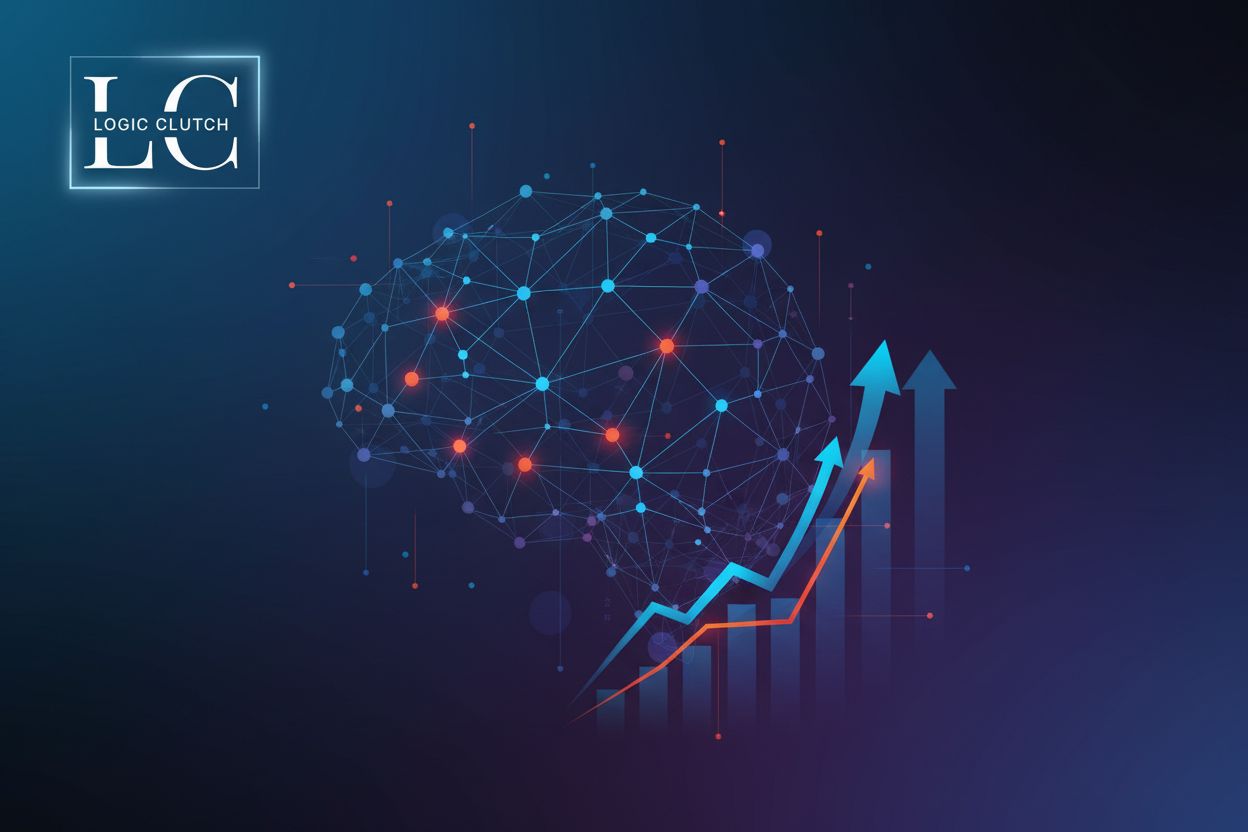Predictive Analytics for Sales Forecasting
TL;DR
Introduction to Predictive Analytics in Sales Forecasting
Sales forecasts? They're not just for show, y'know!
Predictive analytics uses data, ai, and machine learning to see into the future of sales, kinda like a crystal ball but, you know, accurate. It forecasts customer behavior and sales performance, letting you make smart moves. this helps businesses in making informed strategic decisions.
It's all about spotting trends in historical data and using that to predict what's next. Predictive analytics helps sales teams to prioritize leads or rating customers based on their preferences, consumption, and demographics. Real-time insights provide updated Forecasting for quick decision-making.
Ready to dive deeper? Let's get into the details.
Key Components of Predictive Sales Analytics within Salesforce
Okay, so how do you turn raw data into sales predictions that actually, like, work? It's all about knowing the right ingredients and what they do.
Here's a quick rundown of the key components:
- Data Collection and Processing: You gotta grab all the sales data you can get your hands on. things like, sales records, customer interactions, and even marketing campaign results. Then, clean it up so it's actually usable.
- Statistical Analysis and Modeling: Basically, this is where you start finding patterns using stuff like regression analysis to see what's driving sales.
- Lead Scoring and Customer Segmentation: This helps your sales team focus on the right leads and tailor your marketing for different customer groups, so you're not just throwing stuff at the wall.
It's like baking a cake; you need the right ingredients and the right steps, or it's just gonna be a mess. Predictive analytics ain't no different.
Now that we've got the basics down, let's talk about how this all fits into Salesforce.
How AI Enhances Sales Forecasting in Salesforce
Here's the deal: ai is changing how we predict sales, but how does it actually do it in Salesforce? Let's break it down without getting too technical, alright?
ai automates data collection, cleaning, and analysis, which really saves time. Instead of manually crunching numbers, ai tools in Salesforce do it for you, pulling data from all over the place.
This automation also means analysts can focus on, like, actual insights and strategy. Freeing them up from data entry, basically.
Effeciency and accuracy get a big boost, so you're working with cleaner data, faster.
ai algorithms are great at spotting those subtle patterns that humans can miss, believe me. Think of it like finding a needle in a haystack—but the ai has a super-powered magnet.
It's also revealing correlations between different factors and sales performance. For example, it could show how weather patterns impact sales in retail or how social media buzz affects financial product adoption.
This provides deeper insights into customer behavior and market dynamics.
ai enables real-time updates to forecasts based on new data, that gives you a more up-to-date view.
Machine learning models continuously improve over time, so they're always getting better at predicting sales.
Adaptive learning makes sure forecasts stay relevant and accurate, even when things change quickly.
So, that's how ai enhances sales forecasting in Salesforce. Ready to see how automation of data processing and analysis can help you?
Benefits of Using
Predictive analytics? It's not just a fancy buzzword, it's actually useful. Let's dive into how it can seriously boost your sales forecasting game, alright?
ai-driven forecasts are way more accurate than just guessing, or, you know, using spreadsheets. Forget about those gut feelings, data-driven insights leads to way better strategic calls.
This accuracy means you're making smarter choices about, like, where to put your money and time. With better forecasting, you can improve resource allocation and planning.
For example, a chemical distributor saw a 6% sales increase thanks to more accurate forecasts, which helped them allocate resources more effectively, according to mckinsey.
You can predict future demand and optimize inventory levels by leveraging predictive analytics, which means less waste and more happy customers.
That also reduces stockouts and overstock situations. No more losing sales 'cause you ran out of stuff!
Targeted marketing is also possible, since predictive analytics helps you find your customer segmentation. This leads to improved lead scoring and prioritization.
Ready to see how this works in practice?
Implementing Predictive Analytics in Salesforce: A Step-by-Step Guide
Alright, so you're ready to roll out predictive analytics in Salesforce, huh? It's not as scary as it sounds, promise!
First things first, you gotta get your ducks in a row.
- Data Integration and Preparation: Connect Salesforce with all the other places you keep relevant info. Think marketing platforms, customer service tools, the whole shebang.
- Choosing the Right Tools: Not all predictive analytics tools are created equal. Look for ones that play nice with Salesforce and are easy enough for your team to actually use. Scalability is key, too.
- Building and Training Models: Pick the right algorithms for sales forecasting. Train these models using your cleaned-up historical data.
Deploy and monitor predictive models within Salesforce workflows. Keep an eye on how they're doing and tweak as needed. Make sure your sales team knows how to use 'em, too. Training is super important!
Ready to dive into step one: data integration and preparation within Salesforce?
Challenges and Considerations
Are predictive analytics all sunshine and rainbows? Not exactly, there's some bumps in the road!
Here's a few challenges to keep in mind:
- Data quality is key. Bad data leads to bad predictions, so make sure your data is clean and accurate.
- Integration can be tricky. Getting predictive analytics to play nice with your existing systems might need some work.
- Skills gap is real. You might need to hire some data experts, or train your current team, and that ain't cheap.
Up next, we'll explore how to choose the right tools!
Real-World Examples
Alright, let's wrap up this predictive analytics story. Wanna see how companies actually use this stuff?
- Amazon uses predictive analytics to manage it's big inventory and supply chain. It's all about predicting demand and making sure stuff gets there faster.
- Coca-cola uses ai to plan production, that reduces errors and costs, so it's pretty efficient, see DCKAP Commerce.
- Walmart use ai to optimize their inventory and, like, not waste so much food, that cuts shortages and makes customers happy.
So, ready for some real-world examples?





